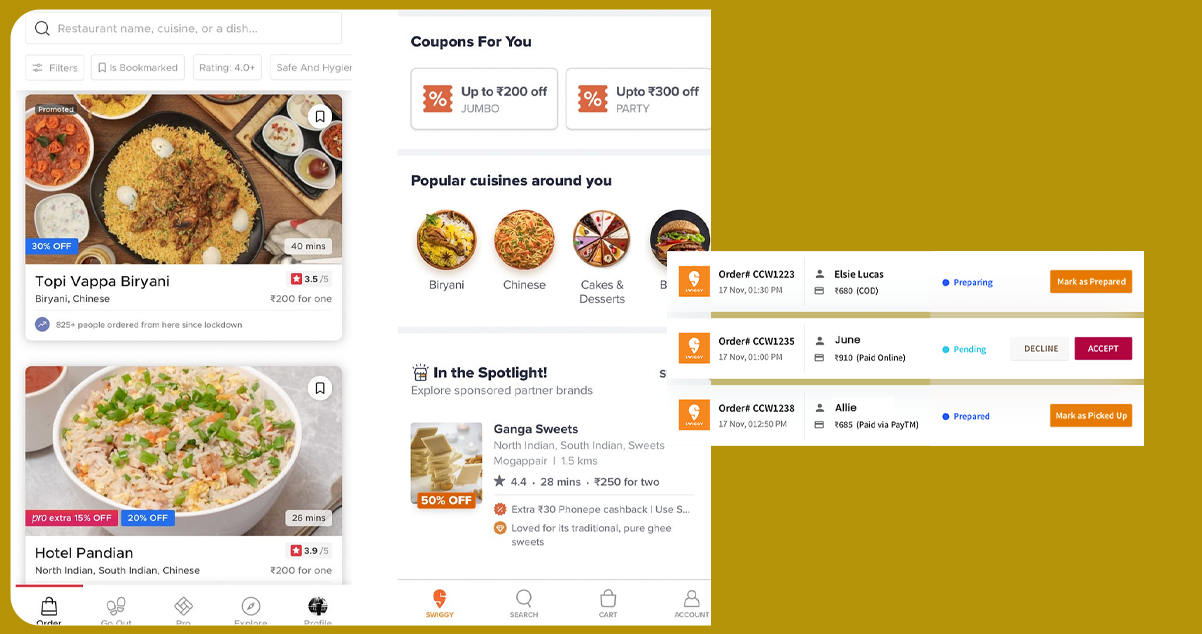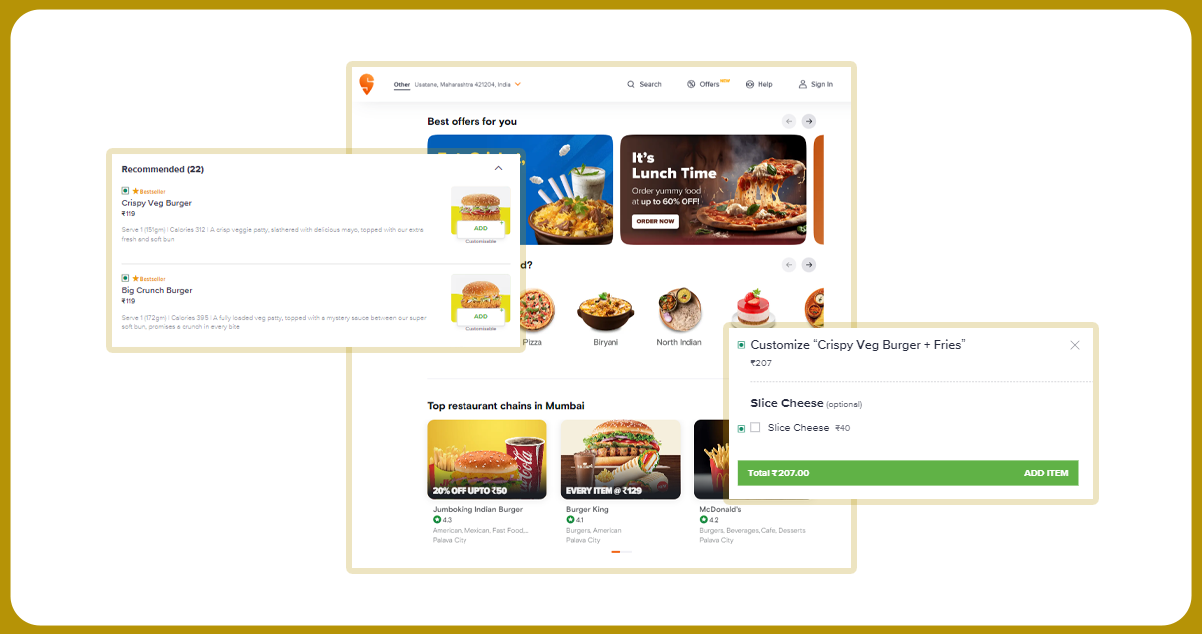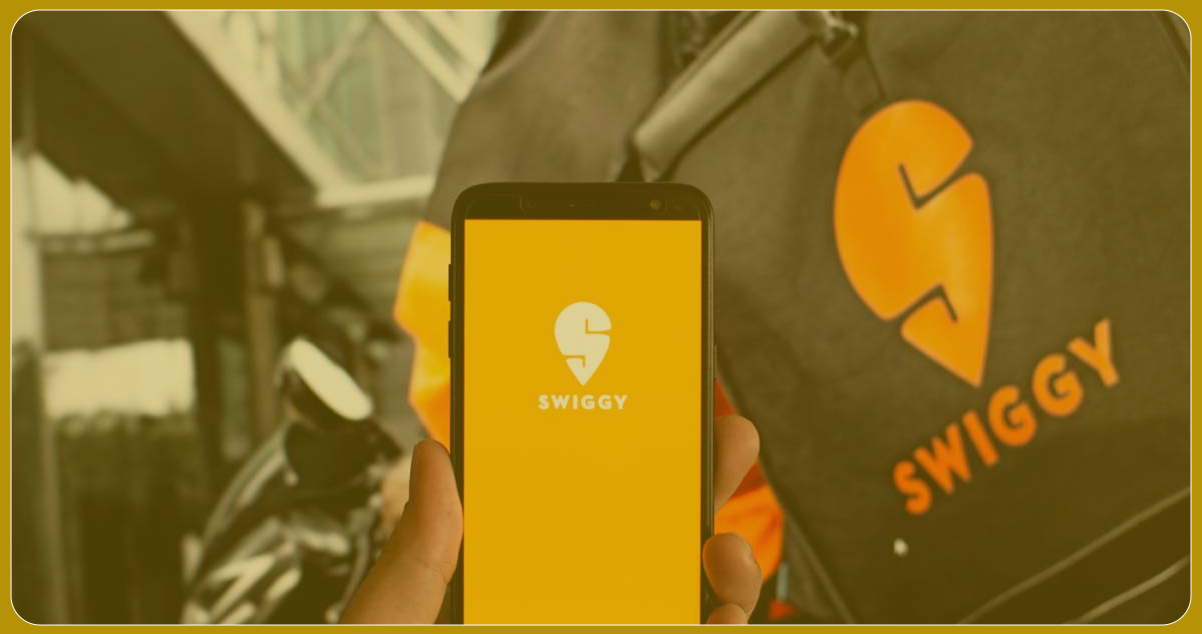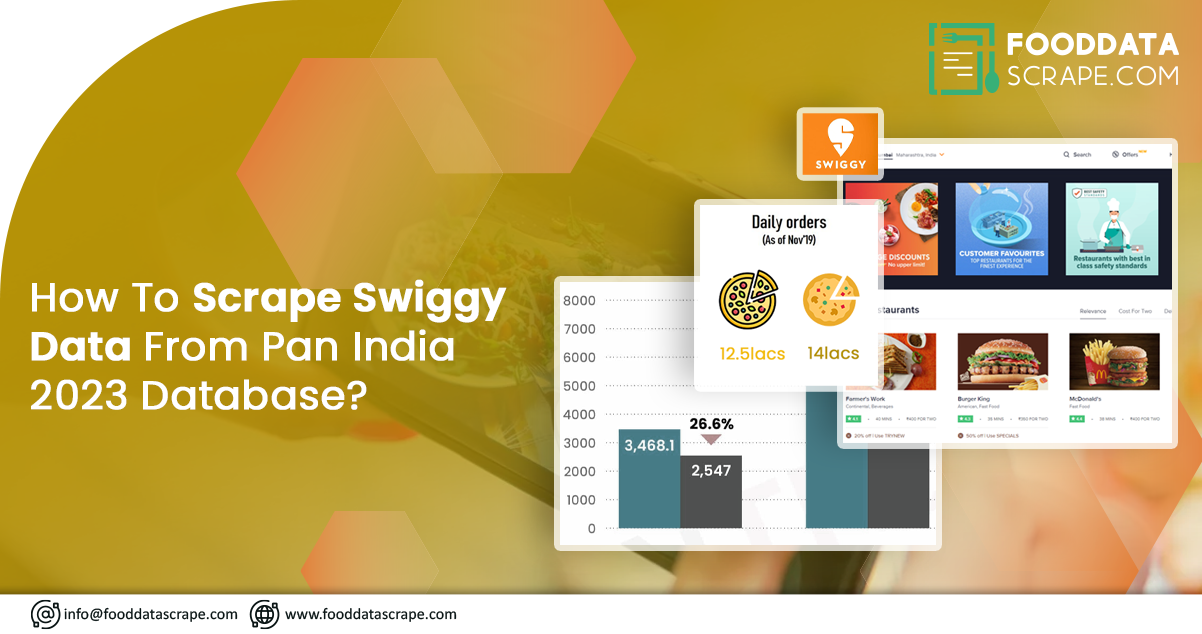In recent times, India's food delivery sector has undergone a remarkable transformation, experiencing an unprecedented surge in growth. A rising number of individuals now rely on food delivery platforms, with Swiggy leading the pack to cater to their culinary desires. For those in the field of data analysis, research, or business strategy, gaining access to real-time data from such platforms offers a goldmine of insights into consumer behavior, restaurant trends, and the ever-evolving dynamics of the market. This comprehensive article will deeply dive into the intricate process of scraping Swiggy data from Pan India 2023 datasets, effectively opening the doors to a treasure trove of information suitable for many purposes.
Introduction to Swiggy Data Scraping

Swiggy, a prominent food delivery platform in India, harbors a wealth of data that holds immense value for businesses, researchers, and food enthusiasts. This data includes a treasure trove of information about restaurants, menus, customer reviews, ratings, and more, which can provide invaluable insights into consumer preferences, market trends, and restaurant performance.
Extracting Swiggy data involves using techniques to collect this information programmatically from the platform's web pages. This process can be a powerful tool for businesses making data-driven decisions, such as selecting optimal locations for expansion, pricing strategies, or menu optimizations. Researchers can leverage this data to conduct market analysis, identify emerging food trends, or evaluate customer sentiment towards cuisines or restaurants.
However, it's crucial to approach Swiggy food delivery data scraping service with a clear understanding of the legal and ethical considerations. Scrapping activities must adhere to Swiggy's terms of service and respect intellectual property rights. Ethical scraping practices should prioritize user privacy and avoid overloading Swiggy's servers with excessive requests.
Significance of Scraping Swiggy Data from Pan India 2023 Datasets

Scraping food delivery data from Pan India in 2023 holds significant importance for various stakeholders, providing a comprehensive and real-time snapshot of India's food delivery industry and consumer behavior. Here are some key aspects that highlight the significance of this endeavor:
Market Insights: Swiggy is a significant player in the Indian food delivery sector, and its data reflects current market dynamics. Scraping restaurant data allows businesses to gain insights into market trends, regional variations, and customer preferences. It can inform strategic decisions, such as expanding to new cities or offering specific cuisines.
Competitive Analysis: Access to Swiggy food delivery scraping API enables businesses to conduct competitive analysis. They can compare their performance with other restaurants on the platform, track their ratings and reviews, and identify areas for improvement. This information is crucial for staying competitive in the food delivery space.
Menu Optimization: Restaurants can use Swiggy menu data scraping to optimize their menus based on popular dishes and customer reviews. It can lead to increased customer satisfaction and revenue.
Customer Insights: Scrape Swiggy data from the Pan India 2023 database to provide a window into customer behavior, including ordering patterns, preferred cuisines, and delivery locations. This information is valuable for tailoring marketing efforts and promotions.
Research Opportunities: Researchers and analysts can use Swiggy data to study broader trends in the food industry, consumer spending habits, and the impact of external factors like the pandemic on food delivery.
City-Specific Strategies: Swiggy operates in multiple cities across India, each with unique characteristics. Scraping data from different cities allows businesses to tailor their strategies to local preferences and demand.
Forecasting and Planning: Swiggy data scraping services is helpful for demand forecasting and capacity planning. Restaurants can prepare for peak ordering times and ensure efficient delivery operations.
The Roadmap to Swiggy Data Scraping

Prerequisites
Before diving into the intricacies of Swiggy data scraping, let's outline the foundational prerequisites:
- Programming Proficiency: A foundational understanding of a programming language, such as Python, is a prerequisite, as this language is commonly essential for web scraping endeavors.
- Essential Python Libraries: Installation of key Python libraries like BeautifulSoup and Requests is essential to facilitate the scraping process.
- Swiggy URLs: Identifying the specific Swiggy URLs or search queries that target your scraping efforts is crucial. For instance, you may scrape data from restaurant listings, menu items, customer reviews, or ratings.
The Step-by-Step Guide

1. Installation of Required Libraries: To kickstart your journey, install the essential Python libraries using the Python package manager, pip.
2. Sending HTTP Requests: The next logical step involves utilizing the Requests library to dispatch HTTP GET requests to the Swiggy URLs earmarked for scraping. It is imperative to configure the requests with appropriate headers and user-agent information to mimic genuine browser requests and thereby evade detection and blocking by Swiggy's anti-scraping mechanisms.
3. Parsing HTML Content: Upon successfully retrieving the HTML content of the webpage, employ BeautifulSoup, a powerful HTML parsing library, to dissect the data and extract the information pertinent to your objectives. It may encompass restaurant names, menus, customer reviews, ratings, etc.
4. Data Storage: Following data extraction, the next logical step is determining the optimal method for storing the harvested data. It can take the form of storage in diverse formats, including CSV, JSON, or even within a database, to facilitate subsequent analysis and utilization.
5. Handling Pagination: Swiggy's extensive restaurant listings often span multiple pages. To ensure comprehensive data collection, implement a strategy to navigate through the paginated results systematically.
6. Rate Limiting and Ethical Scrutiny: Implement rate-limiting mechanisms to prevent overburdening Swiggy's servers and adhere to ethical scraping practices. Always respect Swiggy's terms of service and the guidelines in their robots.txt file.
7. Data Refinement and Analysis: Post-data collection, engage in meticulous data cleaning and preprocessing to ensure the data is ready for analysis. It is a pivotal phase as it sets the stage for a diverse range of applications, be it business decision-making, academic research, or simply exploring trends in the food delivery space.
How to Use the Swiggy Data Scraped from Pan India 2023 Database

Once you have successfully scraped Swiggy data from the Pan India 2023 database using Swiggy data scraper, you can leverage this information for various purposes, depending on your goals and objectives. Here are several ways to use the scraped Swiggy data effectively:
Business Strategy and Decision-Making:
- Market Expansion: Analyze the data to identify regions with high demand and less competition, guiding your decision to expand your restaurant or delivery service.
- Pricing Strategies: Determine optimal pricing strategies by examining price points of similar dishes across different restaurants.
- Menu Optimization: Tailor your menu based on popular dishes and customer reviews, ensuring your offerings align with market preferences.
- Promotions and Marketing: Use customer behavior insights to design targeted promotions and marketing campaigns.
Competitive Analysis:
- Benchmarking: Compare your restaurant's performance (ratings, reviews, delivery times) with competitors to identify strengths and weaknesses.
- Market Share Analysis: Understand your market share and how it's changing over time.
Customer Engagement and Satisfaction:
- Customer Feedback: Monitor customer reviews and ratings to gauge satisfaction and address issues promptly.
- Personalized Recommendations: Use data to provide personalized customer recommendations based on their past orders and preferences.
Operations Optimization:
- Demand Forecasting: Use historical order data to predict peak demand times and optimize staffing and inventory accordingly.
- Delivery Logistics: Optimize delivery routes and times to improve efficiency and customer satisfaction.
Research and Insights:
- Market Trends: Conduct in-depth research on food and restaurant trends, consumer behavior, and regional variations.
- Consumer Spending Patterns: Analyze how economic factors influence consumer spending on food delivery.
New Ventures and Product Development:
- New Restaurant Concepts: Identify gaps in the market and develop new restaurant concepts that cater to specific cuisines or niche markets.
- Delivery Services: Explore opportunities for launching new delivery services or partnerships with existing restaurants.
For more in-depth information, feel free to contact Food Data Scrape today! We're also here to assist you with any of your needs related to Food Data Aggregator and Mobile Restaurant App Scraping services. We also provide advanced insights and analytics that offer valuable data-driven perspectives to drive informed decision-making and enhance business strategies.
Get in touch
We will Catch You as early as we recevie the massage
Trusted by Experts in the Food, Grocery, and Liquor Industry

































































































